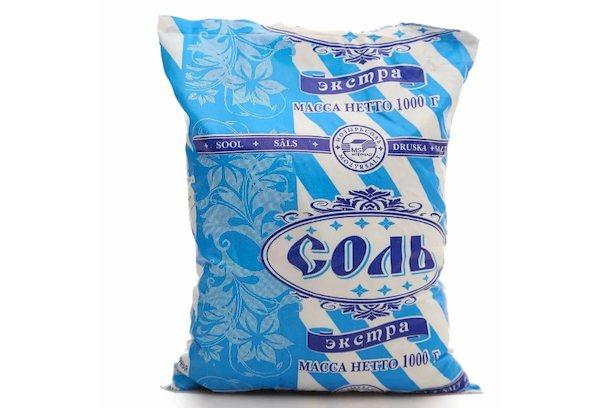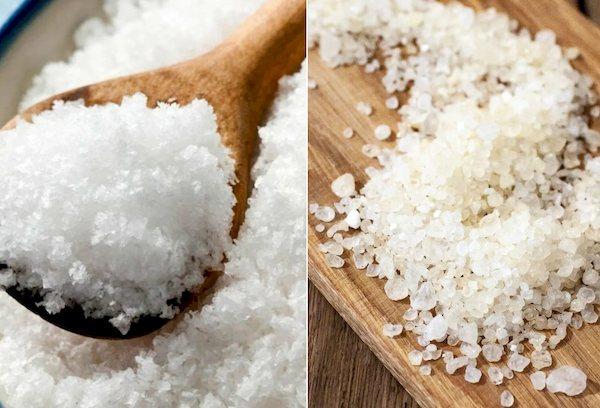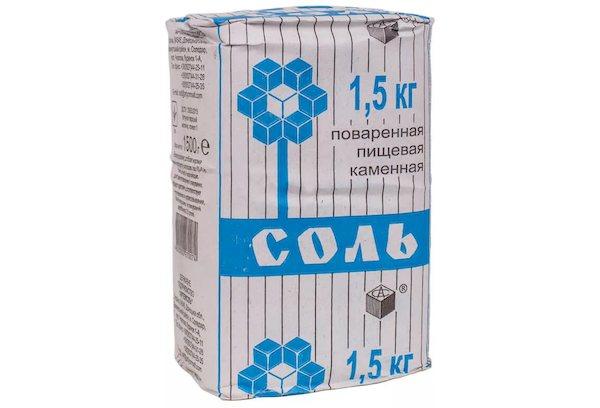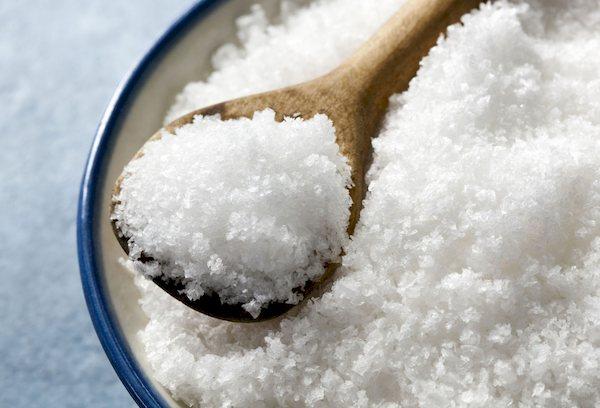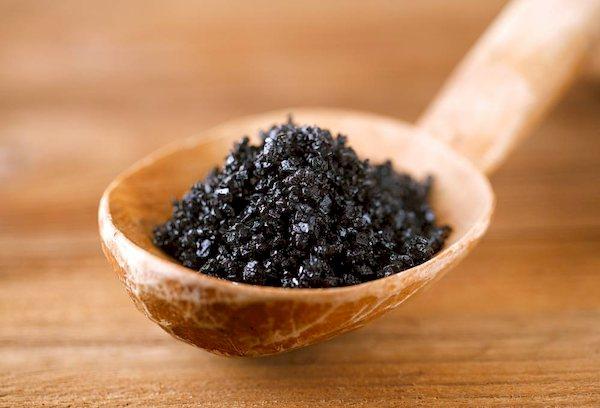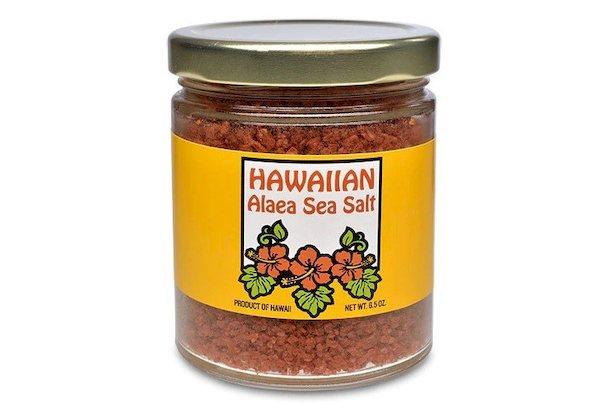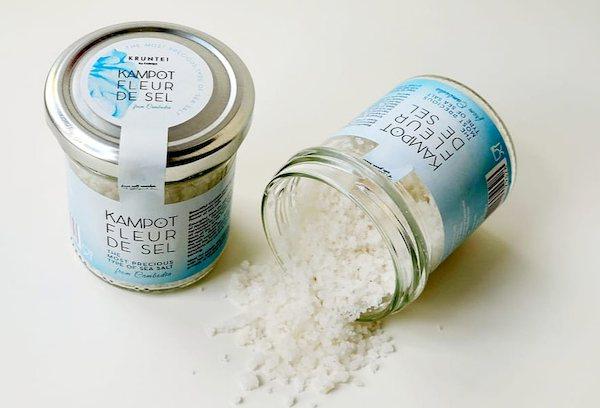What is the difference between sea salt and table salt: how to distinguish one from the other and which is healthier
Today there is no inhabitant on the planet who is unfamiliar with salt. In general terms, everyone knows the difference between sea salt and table salt. The first is mined in the sea, the second in mines. They often take baths with sea salt, and table salt is used to salt food. It's all true, but it's not that simple. There are many subtleties that determine the properties and differences of products.
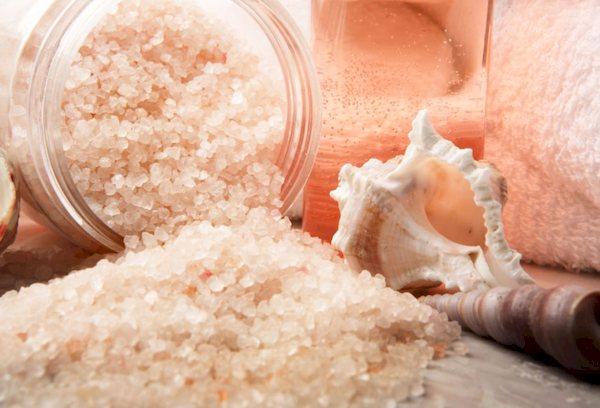
How to distinguish sea salt from table salt?
It can be difficult to distinguish a seafood product from a table product. Not every person is able to feel the “taste of the sea” during tasting. Externally, products can be very similar or very different, depending on the processing method, grind size, additives, etc.
The difference between sea bath salt and “Extra” table salt is noticeable to the naked eye.
Photo:
The first often contains fragrant plant extracts and can be multi-colored. It is usually much larger and leaves a small residue when dissolved in water.
With table varieties of the same grind, everything is more complicated:
To understand the difference between the products, let’s highlight the main differences:
- Sea salt has a “softer” taste. If you put the crystal on your tongue, you can feel the “taste of the sea” due to the content of sea minerals (about 2-3%).
- High-quality marine species are barely processed, causing the crystals to have a grayish color or other color cast.
- Regular table rock salt is chemically clarified at high temperatures.She is almost always white.
- In a standard culinary product, impurities have been removed, and therefore useful substances have been removed. The marine analogue, depending on the type, may contain iodine, magnesium, calcium, manganese, selenium, copper, and other micro- and macroelements.
- The difference is in use: coarse table salt is used during cooking and for salting, fine salt is used for ready-made dishes. Marine species are very diverse: they are used for baths, for treatment, for food, including elite ones, used in haute cuisine (usually added to salads or served separately in a salt shaker).
Sea salt - what is it and what is it like?
The sea contains on average 35 g of salt in every liter of water. They learned to extract salt from sea water by evaporation. In its unrefined form, it is grayish in color and has a pleasant taste. Even in ancient Egypt, sea water was kept under the scorching sun to obtain a precious seasoning for dishes.
Today, technology is used for this, but not everywhere. Thus, in Hawaii, the product is collected by hand from special salt lagoons.
Hawaiian sea salt is considered one of the best. Two of its types are especially noteworthy - Hawaiian Red Sea Salt (red, with particles of red clay) and Hawaiian Black Sea Salt (black, with volcanic ash).
They are rich in micro- and macroelements and look exotic. Sea salt also comes in dietary form, with a reduced sodium content (22 g per 100 g of product versus 39 g in regular table salt). This variety is mined in Israel. Luxury French salt from Guerande is described by experts as “fluffy and slightly moist.”
Gourmets distinguish the product by color, place of extraction, name.
Fleur de Sel is snow-white, very fragile, resembles a flower and is easy to chew. It is valued for its unique taste and ability to decorate dishes with special subtlety.In cooking, a mixture with additives is often used - with dried onions, celery, carrots, rosemary, thyme, and seaweed.
Why is table salt called that?
The history of salt is several thousand years long. She went through a difficult journey until she became a cookery, accessible to everyone. At first, only pharaohs, kings, kings and other nobility had access to the product. For many centuries it was valued as highly as gold. Wars were fought over the territories where the salt layers were located. Large taxes were imposed on the product, and tribute was paid to them.
The salt that everyone has on their table today is rock salt. It is a natural crystalline mineral that formed in the earth's crust during the drying out of ancient seas.
Before a product hits store shelves, it goes through numerous stages of purification. The gray “stones” are first dissolved in water to remove impurities. The solution is filtered, purified using reagents, and the output is almost pure sodium chloride. At the end, the solution is boiled down (evaporated), and the resulting salt is dried. Hence the name “cooking”.
Question answer
Which is healthier?
In amounts up to 5 g per day, salt is beneficial for the human body - it prevents dehydration, improves food digestion, promotes normal muscle function and the transmission of nerve impulses. It does not matter where it was mined, at sea or on land. Marine varieties often contain complexes of micro- and macroelements. However, the product itself cannot be considered a complete source of nutrients. Only to some extent, sea salts, and certain varieties of rock salts (for example, Himalayan) are healthier than regular table salts.
How is sea salt different from iodized salt?
It is known that sea salt contains iodine compounds. But during the evaporation process they almost completely disappear. 1 g contains only 1 mcg of iodine, while an iodized product contains about 40 mcg. Iodized varieties are finely ground, which is convenient for use in ready-made dishes. It is unacceptable to use seasoning enriched with iodine for preparing hot dishes - all the benefits disappear and the taste deteriorates.
In conclusion, excessive consumption of salty seasoning is harmful to health, no matter if it is pulled from the depths of the sea or boiled from a salty rock formation. It is important to use the product correctly for the purposes for which it is intended. Coarse table salt is best suited for fermentation and pickling, medium grinding is best for cooking, fine grinding salt can be used to salt the finished dish. Sea bath salts are beneficial for taking baths, and food grade salts can be used to enrich salads, baked goods, and snacks.
